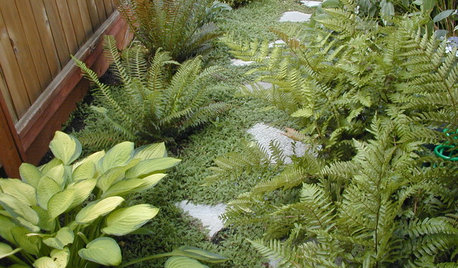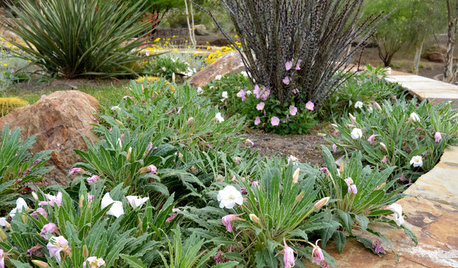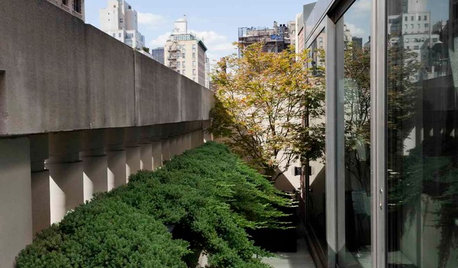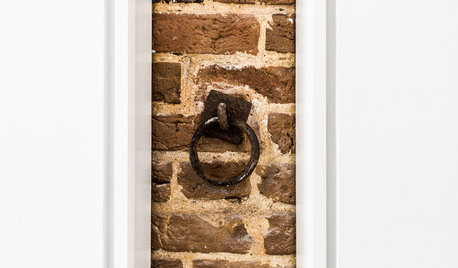Ground Cover Tree Ring removal...
ppp05629
13 years ago
Related Stories

GARDENING GUIDESGreat Design Plant: Bugle Weed, a Quick Ground Cover
It’s highly adaptable, suppresses weeds, reduces erosion and provide weeks of bright flowers. Just watch for invasiveness
Full Story
GARDENING GUIDES5 Weed-Smothering Ground Covers
Let these landscape plants do the dirty work of choking out weeds while you sit back and enjoy the view
Full Story
LANDSCAPE DESIGN6 Great Ways With Garden Ground Covers
Use them as problem solvers, weed killers, color and texture providers ... ground cover plants have both practical and visual appeal
Full Story
GARDENING GUIDES6 Dependable Ground Covers for Warm Climates
Swap some lawn for these drought-tolerant clumping plants — and watch your maintenance efforts diminish while they easily grow
Full Story
GROUND COVERS10 Succulents That Make Pretty, Easy-Care Ground Covers
These low-growing succulents create interest in the drought-tolerant garden
Full Story
GARDENING GUIDES10 Native Ground Covers for Southwestern Landscapes
Create a carpet of color in your landscape with one or more of these sun-loving plants
Full Story
GARDENING GUIDESGreat Design Plant: Creeping Juniper Holds Its Ground
Add texture and evergreen interest to a layered garden with this low-maintenance, good-looking ground cover
Full Story
LIFEYou Said It: ‘Rather Than Remove Them, They Framed Them’
Design advice, inspiration and observations that struck a chord this week
Full Story
GARDENING GUIDESHow to Keep Your Trees Healthy
Ensure your trees’ vigor for years to come with these tips for protecting roots, watering effectively and more
Full Story
DECORATING GUIDESNo Neutral Ground? Why the Color Camps Are So Opinionated
Can't we all just get along when it comes to color versus neutrals?
Full StoryMore Discussions









gardengal48 (PNW Z8/9)
karinl
Related Professionals
Glen Ellyn Landscape Architects & Landscape Designers · Brandon Landscape Contractors · Firestone Landscape Contractors · Indianapolis Landscape Contractors · North Lauderdale Landscape Contractors · North Potomac Landscape Contractors · Rockwall Landscape Contractors · San Antonio Landscape Contractors · Vacaville Landscape Contractors · Merrifield Landscape Contractors · Bensenville Landscape Contractors · Fort Worth Decks, Patios & Outdoor Enclosures · Pataskala Decks, Patios & Outdoor Enclosures · Salisbury Decks, Patios & Outdoor Enclosures · Troy Decks, Patios & Outdoor Enclosuresdrtygrl
ppp05629Original Author
gardengal48 (PNW Z8/9)